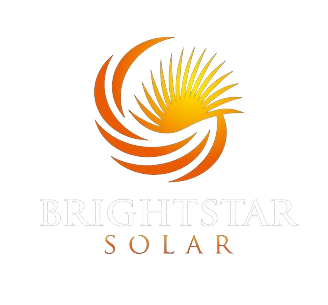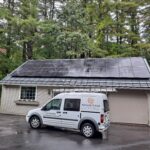29 out of the 50 states have put into place a regulation that requires a certain percentage of energy generation to come from renewable resources, or a Renewable Portfolio Standard (RPS), and this percentage can increase over time. For example, Connecticut has established a 27% goal by 2025 and Massachusetts put in place a 15% RPS target by 2020 with a 1% increase every year thereafter.
President Obama announced his unofficial national RPS at 25% renewable by 2025. A study done by the National Energy Modeling System (NEMS) forecasts a 25 percent renewable standard will create 297,000 jobs, generate $263.4 Billion in new capital investment, and save consumers $64.3 billion on their utility bills by 2025. According to the Energy Information Administration, the cost of an aggressive national RPS like 25% would be minimal and the difference in electricity prices would be negligible. If that’s the case, I don’t understand why this hasn’t been put in place already. With the turmoil going on in the Middle East and instability with fossil fuel prices, there is no better time to invest in clean, green energy.
An aggressive RPS target is central in developing a sustainable energy strategy and discontinuing our reliance on foreign fossil fuels. In turn, this will create jobs, stimulate the economy, reduce pollution, and keep more dollars in the pockets of energy consumers. Renewable energy sources can include solar, wind, biomass, geothermal, etc. With a traditional RPS – where energy resources compete, the model supports projects that are the least cost, like wind and landfill gas.
This is why some states have incentivized photovoltaic solar installations specifically. This can happen in one of two ways. Some states have set aside a carve-out or portion of the RPS to come directly from solar power. In the case of Massachusetts, the solar carve-out is 400 MW by 2020. The other alternative is creating a multiplier that gives more credit to solar projects than other renewable forms of energy. These RPS mechanisms in addition to state and federal incentives and policies have given enormous support to the solar energy industry and are critical to its success.








Can you be more specific about the content of your article? After reading it, I still have some doubts. Hope you can help me.
I don’t think the title of your article matches the content lol. Just kidding, mainly because I had some doubts after reading the article.
I don’t think the title of your article matches the content lol. Just kidding, mainly because I had some doubts after reading the article.
It’s genuinely very difficult in this active life to listen news on TV,
thus I simply use internet for that purpose, and obtain the
hottest news.
My web blog; nordvpn coupons inspiresensation (ur.link)
If you are going for best contents like me, simply
visit this web page everyday as it presents quality contents, thanks
Look at my site nordvpn coupons inspiresensation
nordvpn discount 350fairfax
Undeniably believe that which you stated. Your favorite
justification seemed to be on the internet the easiest thing to be aware of.
I say to you, I certainly get irked while people consider worries that they just do not
know about. You managed to hit the nail upon the top and
also defined out the whole thing without
having side-effects , people could take a signal. Will likely be back to
get more. Thanks